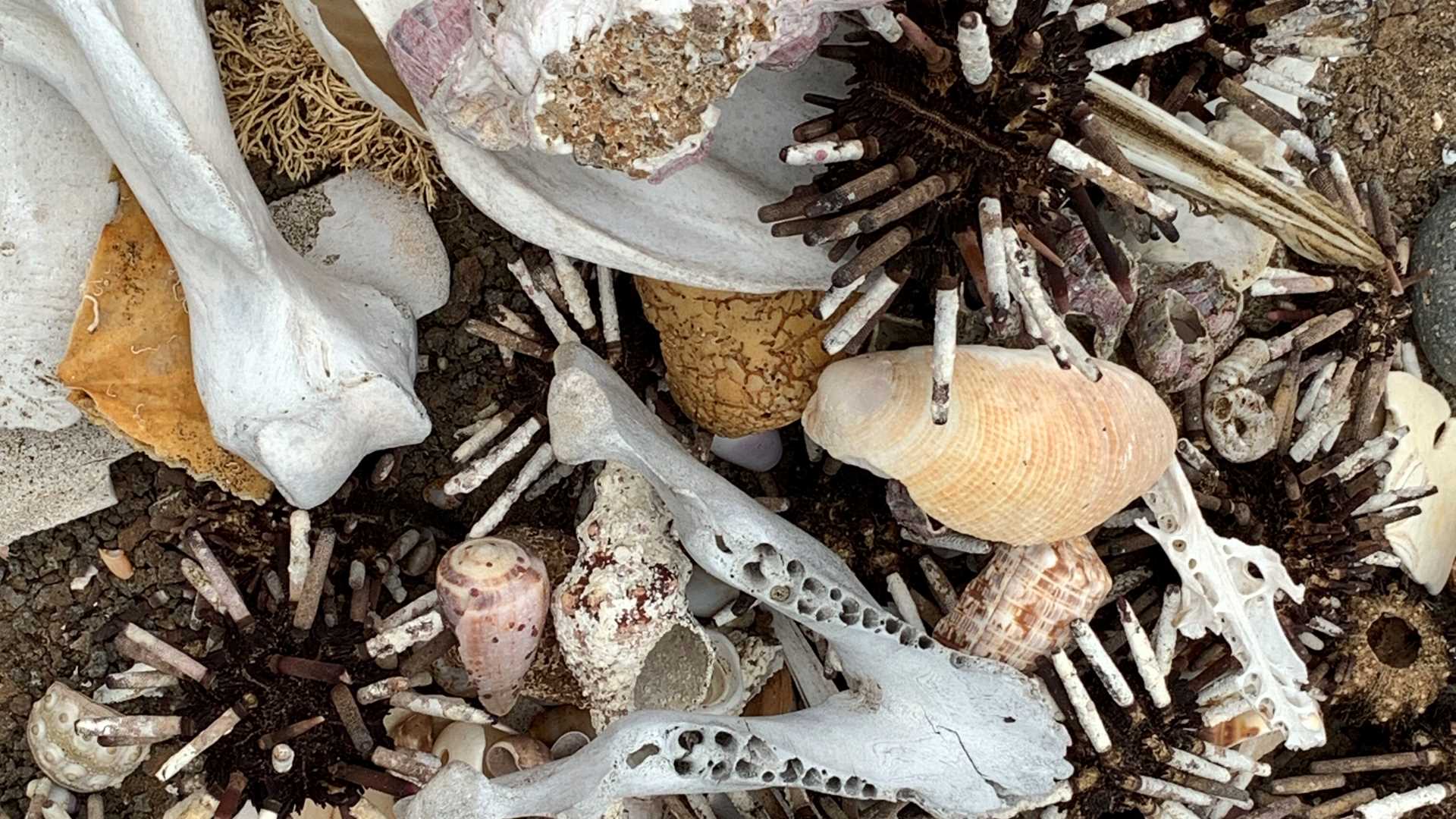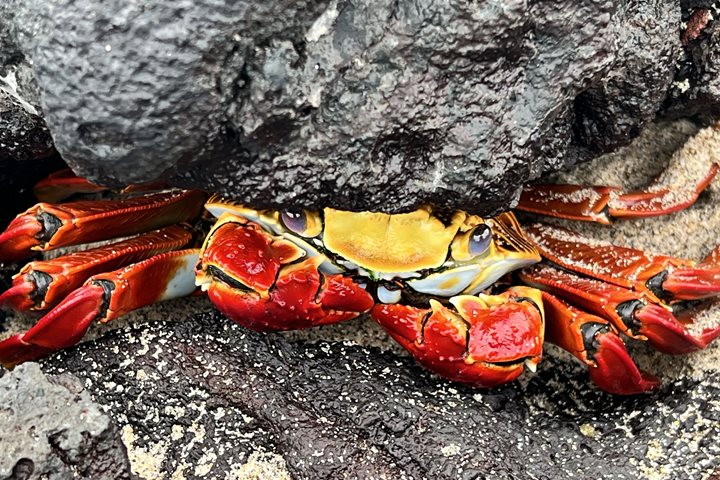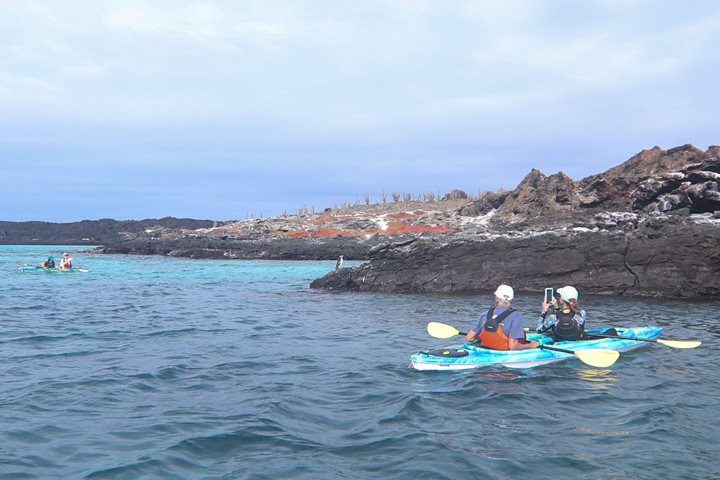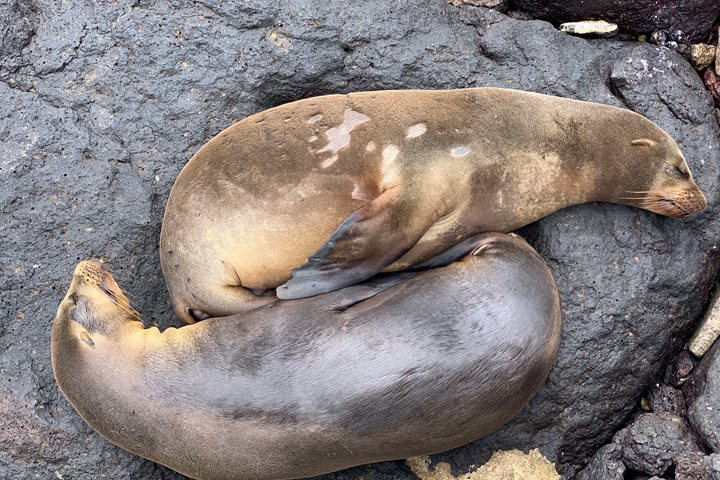Floreana Island has been negatively impacted by human activity since the early eighteen hundreds. Explorers, pirates, and first colonizers brought with them domestic animals, which later became a big problem for the native and endemic flora and fauna of this Island. For the last decade the Galapagos National Park has been restoring the island, and hopefully by 2025 we will have giant tortoises, mega prickly pear cacti, and hopefully mockingbirds, all of them endemic to this Island.
- Daily Expedition Reports
- 22 Dec 2024
Floreana Island, 12/22/2024, National Geographic Islander II
- Aboard the National Geographic Islander II
- Galápagos
Walter Perez, Naturalist/Certified Photo Instructor
Walter was born in a very small town on the mainland of Ecuador. His first trip to the Galápagos was when he was 12 years old, visiting friends and aunt, who had moved to the islands. From the first moment he saw the Islands, he fell in love with the...
Read MoreShare Report
Ultimate Galápagos Holiday Voyage
VIEW ITINERARYRelated Reports
12/27/2024
Read
National Geographic Islander II
Chinese Hat and Sullivan Bay
Chinese Hat is a small islet located near the southeastern tip of Santiago Island, known for its striking volcanic landscapes and unique wildlife. We began the day with a kayaking session alongside penguins, sea lions, and marine iguanas. Later in the morning, we enjoyed an incredible snorkeling experience in crystal-clear waters, surrounded by numerous tropical fish. In the afternoon, National Geographic Islander II relocated to Sullivan Bay, situated on the eastern coast of Santiago Island. Sullivan Bay is celebrated for its extensive lava fields, formed during an eruption in the late 19th century. There, we hiked through the fascinating volcanic terrain, making it a fantastic day in the Galápagos Islands.
12/26/2024
Read
National Geographic Islander II
South Plaza and Santa Fe Islands
The degree of endemism in Galapagos is very impressive, and every day we have the opportunity to meet a new species that lives in this part of the world. Today we met an iguana that lives only on this tiny island, making our guests’ experience even more unique. This archipelago brings wonder to all who visit, from the first moment one sets foot on land to the very last.







